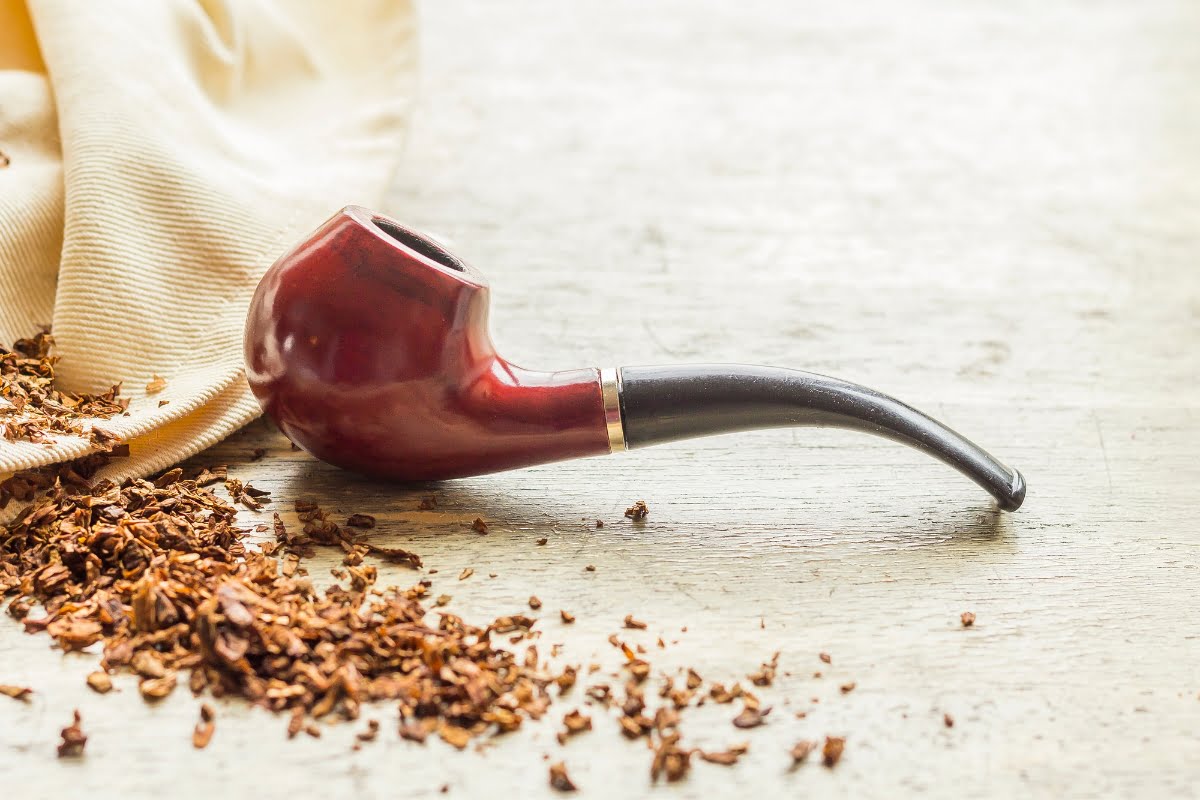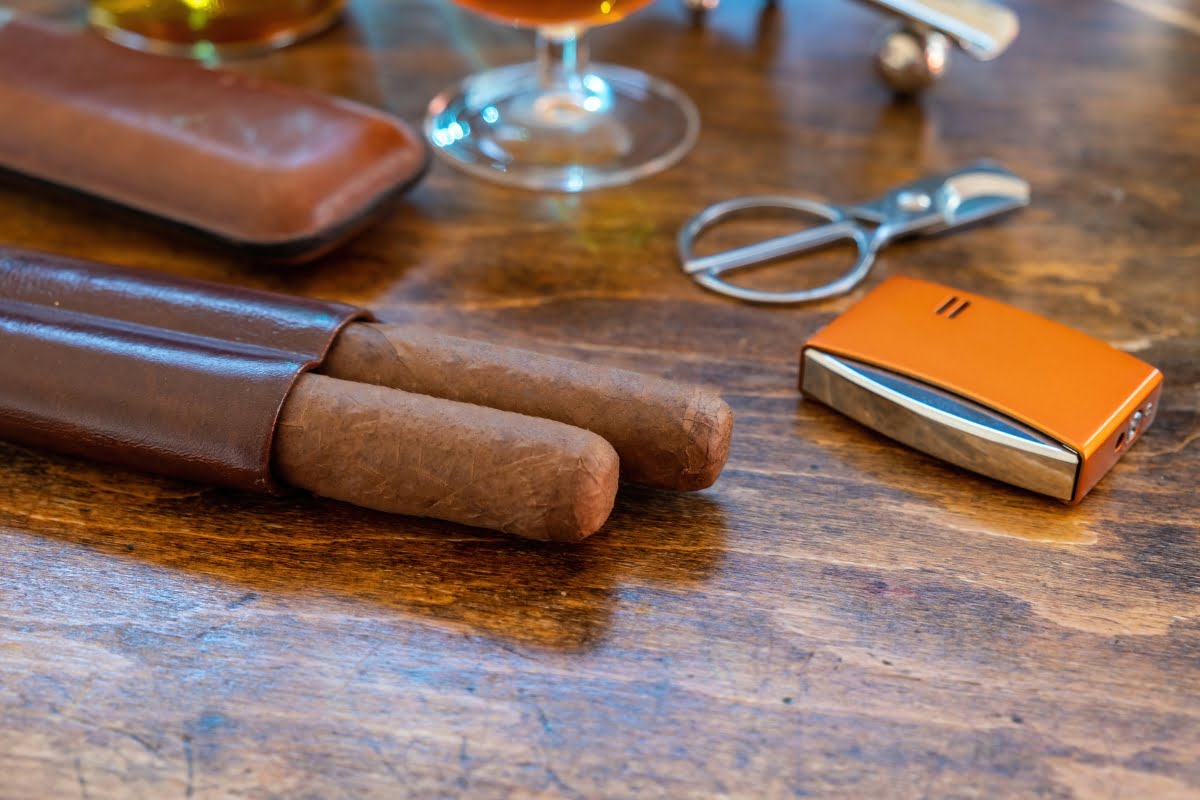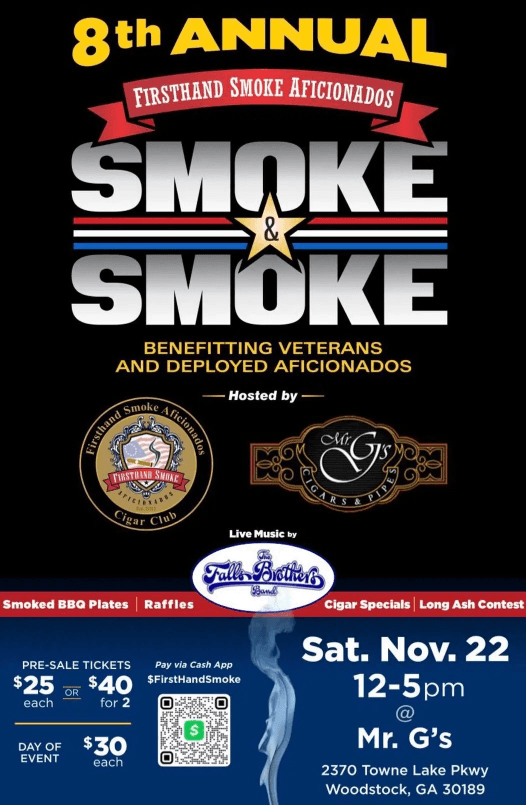Vintage smoking memorabilia offers a fascinating window into the past, capturing the culture, style, and craftsmanship of bygone eras.
For collectors and enthusiasts alike, these relics evoke a sense of nostalgia, connecting us to a time when smoking accessories were crafted with elegance and care. In this guide, we’ll explore the world of vintage smoking memorabilia, from classic cigar boxes and ornate ashtrays to iconic lighters and advertisements.
Discover how these timeless items tell stories of history, social trends, and personal indulgence, and learn how to appreciate or start your own collection of these unique, nostalgic treasures. Whether you’re a seasoned collector or a curious newcomer, vintage smoking memorabilia offers a rich journey through time.
What Stories Do Smoking Memorabilia Tell? Explore the Past
The Evolution of Smoking Culture: From Pipes to Cigarettes

Smoking has been a part of human culture for centuries, and its evolution is a fascinating journey. In the early days, tobacco was primarily consumed through pipes.
These pipes were often made from materials such as clay, wood, or even precious metals like silver or gold. They were intricately designed and served as both functional smoking tools and status symbols.
However, as time went on, the popularity of cigarettes began to rise. The invention of the cigarette rolling machine in the late 19th century made it easier and more affordable for people to enjoy tobacco. Cigarettes quickly became the preferred method of smoking for many individuals.
This shift in smoking culture had a significant impact on the production and design of smoking memorabilia. While pipes were once highly valued collectibles, they gradually gave way to cigarette-related items such as antique cigarette cases and vintage lighters.
Collecting Treasures: Unearthing Antique Cigarette Cases

Collecting antique cigarette cases offers a fascinating glimpse into both artistry and history. These cases were more than just practical accessories; they were status symbols and reflections of personal style.
Crafted from luxurious materials like silver, gold, or enamel, many were embellished with intricate engravings, gemstones, or even mother-of-pearl, showcasing the craftsmanship of the time. Their detailed designs often mirrored the prevailing art movements, such as Art Nouveau’s flowing lines or Art Deco’s geometric precision.
Collectors today are drawn to these antique cigarette cases not only for their beauty but also for the historical context they provide. Each case represents the cultural and social norms of its era.
For instance, an Art Deco cigarette case from the 1920s symbolizes the glamorous and liberating spirit of that time, while a Victorian case reflects the ornate, formal aesthetic of the late 19th century. In addition to aesthetic appeal, these cases also serve as small windows into the past, hinting at the social rituals and evolving perceptions of smoking throughout history.
The condition, rarity, and provenance of each piece can significantly enhance its value, making antique cigarette cases a rewarding pursuit for collectors. Beyond their monetary worth, these objects offer a tangible connection to bygone eras, where elegance and refinement were imbued in even the smallest of personal items.
A Puff of History: Delving into the Origins of Tobacco Pipes

Tobacco pipes have a rich and varied history that stretches back thousands of years. The practice of smoking tobacco through pipes originated with ancient civilizations such as the Mayans and Native Americans, who used pipes for ceremonial and spiritual purposes.
Early pipes, often made from materials like clay, stone, or even wood, were intricately carved with symbols and designs, reflecting the cultural and spiritual significance of smoking in these societies.
When tobacco made its way to Europe in the 16th century, the popularity of pipe smoking soared. Over time, European craftsmen elevated the design of tobacco pipes, transforming them from simple smoking tools into intricate works of art.
Pipes made from meerschaum, a soft, white mineral, and briarwood, known for its durability and heat resistance, became especially prized. These materials allowed for detailed carvings, often featuring mythological figures, nature scenes, or portraits, turning each pipe into a unique artistic creation.
As pipe smoking grew in popularity, these elaborately crafted pipes became status symbols, sought after not only for their functionality but for their aesthetic value. Collectors today treasure these antique pipes, not just for their beauty but for their historical significance, as each pipe represents a specific era and cultural shift.
From the ceremonial pipes of ancient civilizations to the finely crafted European designs, tobacco pipes offer a fascinating glimpse into the evolving rituals and artistry of smoking.
Artistry in Ashtrays: Exploring Decorative Smoking Accessories

Ashtrays, though often seen as simple functional items, have a rich history of artistry and design that makes them highly collectible today. Vintage ashtrays, far from being mundane, were created with a sense of style, craftsmanship, and even luxury. These smoking accessories often doubled as decorative pieces, showcasing the design trends and cultural influences of their respective eras.
For instance, elegant crystal ashtrays, with their intricate cuts and refined craftsmanship, were often seen in upscale environments, reflecting sophistication and opulence. In contrast, quirky novelty ashtrays, featuring playful designs, shapes, and materials, catered to more casual settings, bringing a sense of fun and personality to smoking rituals.
Art Deco ashtrays, with their bold geometric patterns and striking colors, embody the glamour of the 1920s and 1930s, while mid-century modern ashtrays, with their sleek lines and minimalist designs, echo the clean, functional aesthetics of the 1950s and 1960s.
These pieces not only highlight evolving design movements but also offer insight into the social rituals surrounding smoking during different periods.
For collectors, vintage ashtrays provide a unique opportunity to explore both the artistry and cultural history of smoking accessories.
They stand as small yet powerful reflections of the design innovations and lifestyle shifts of their time, blending form and function in ways that transcend their original purpose.
Lighting Up: The Fascinating World of Vintage Lighters

Vintage lighters hold a special allure for collectors, offering both practical use and a window into the history of smoking culture.
These timeless pieces range from the rugged, iconic Zippo lighters, often associated with soldiers during World War II, to the ornate, elegant designs of Art Nouveau lighters favored by flappers in the roaring 1920s. Each lighter encapsulates the era it comes from, reflecting the social trends, artistic movements, and technological advancements of its time.
Zippo lighters, in particular, have a storied past, known for their durability and reliability, especially during wartime. Soldiers carried them as symbols of camaraderie, with many personalizing their lighters with engravings or military insignia.
In contrast, the sleek and glamorous lighters of the Art Nouveau period were seen as luxury accessories, used in upscale social gatherings where smoking was considered fashionable.
Collectors are drawn not only to the functionality of vintage lighters but also to their craftsmanship and aesthetic appeal. Many lighters were made from high-quality materials such as silver, brass, or lacquer, featuring intricate engravings or unique novelty designs that set them apart.
Whether admired for their historical significance or artistic value, vintage lighters remain fascinating relics of smoking culture, embodying the style and spirit of their respective eras.
From Humble Beginnings to Iconic Brands: The Story of Cigar Boxes

Cigar boxes have a rich and multifaceted history that reflects both practicality and artistic expression. Initially designed for the simple purpose of storing and transporting cigars, these boxes soon evolved into decorative pieces that demonstrated the craftsmanship and branding prowess of cigar manufacturers.
What began as utilitarian wooden containers transformed into a canvas for ornate designs, with some boxes featuring intricate inlays, lacquered finishes, and embossed logos that reflected the prestige of the cigars inside.
The rise of iconic brands like Cohiba, Montecristo, and Partagas further contributed to the allure of cigar boxes. These brands utilized striking graphics, vivid colors, and elegant typography on their boxes to differentiate themselves in a competitive market, turning the boxes into works of art that consumers began to admire and collect.
For aficionados, the branding, craftsmanship, and history encapsulated within each box became as important as the cigars themselves.
Collectors today seek out vintage cigar boxes not only for their historical significance but for their unique design elements. Some boxes represent key moments in history, such as limited editions created to commemorate special events, while others capture the artistic trends of their time.
Beyond the Smoke: Social Significance of Smoking Memorabilia

Smoking memorabilia offers a unique lens through which to explore not only the history of smoking culture but also broader social trends and societal shifts.
These artifacts, from cigarette cases to lighters, reflect changing attitudes toward smoking, highlighting its evolution from a symbol of glamour and sophistication in the early 20th century to a practice increasingly scrutinized due to health concerns.
In the early 1900s, smoking was often portrayed as a fashionable activity, and memorabilia from this period, such as ornate ashtrays or elaborately crafted cigarette holders, echoed that sense of elegance. Smoking was part of social rituals, seen in high society gatherings or Hollywood films, where it was associated with status and sophistication.
However, as public awareness of the health risks of smoking grew, particularly in the mid-20th century, these items began to represent not just the aesthetics of the past but also a significant shift in societal values.
Moreover, smoking memorabilia reveals much about gender roles and targeted marketing. For example, cigarette cases and lighters designed specifically for women often featured floral motifs or delicate embellishments, reflecting a time when tobacco companies sought to appeal to women by positioning smoking as chic and empowering.
These objects not only encapsulate marketing strategies but also provide insight into the gender dynamics of the era. Today, smoking memorabilia such are cigar cutters, tobacco tins, and other accessories serve as a reflection of the cultural and social dynamics surrounding smoking, offering a rich narrative beyond the habit itself.
Conservation and Preservation: Ensuring the Legacy of Vintage Smoking Artifacts

Conserving vintage smoking memorabilia is vital to preserving the legacy of these historical artifacts, allowing future generations to appreciate and study their cultural significance.
Many of these pieces, from intricately designed lighters to ornate cigarette cases, are delicate and susceptible to damage from light, humidity, and improper handling.
Therefore, implementing proper storage and conservation techniques is essential. This includes keeping items in climate-controlled environments, away from direct sunlight, and handling them with care to prevent wear or tarnishing.
Museums, collectors, and enthusiasts play an indispensable role in this process. Museums, with their expertise in preservation, often house rare and fragile items in specialized conditions, ensuring they are maintained for public viewing and research.
Collectors, on the other hand, contribute by documenting and curating personal collections, often shedding light on lesser-known pieces of smoking history. Some even invest in restoration efforts to return items to their original condition.
Sharing knowledge about these artifacts is equally important. Through exhibitions, publications, and online platforms, collectors and curators help contextualize the social and historical value of smoking memorabilia, deepening our understanding of past eras.
Proper conservation, combined with widespread education, ensures that these objects continue to inform and inspire future generations, preserving a unique aspect of cultural history.
Concluding Thoughts: Embracing the Past through Collectible Relics
Vintage smoking memorabilia offers a unique way to explore history and connect with the past. Rediscover the charm and history of smoking culture by appreciating the quality of a good cigar found at Mr. G’s Cigars.
Whether you’re a collector or simply appreciate the nostalgia, our shop offers a wide range of unique cigars and cigar accessories to explore. Visit us today or call (678) 494-6619 for more information, and let us help you add a timeless piece to your collection.





